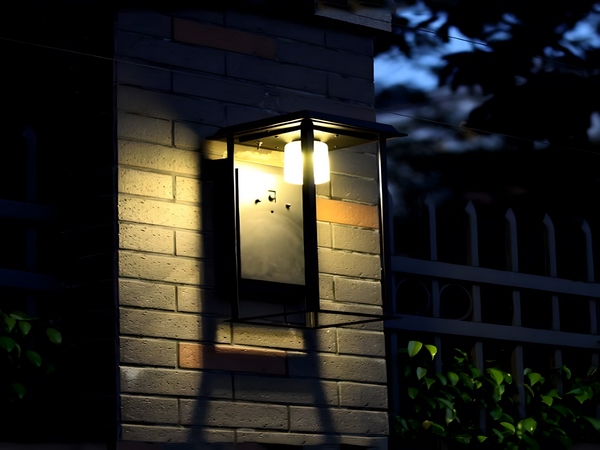
Many power plants today face increasingly severe dust pollution issues. Such an environment can significantly affect the power generation efficiency of solar cells, thereby reducing their lifespan and impacting the surrounding environment. When cleaning solar panels, it is essential to clean them thoroughly, as leaving any corners uncleaned may lead to serious consequences such as the “hot spot effect.” If there are areas of the solar panels that remain uncleaned or overlooked, those sections can turn from power-generating units into power-consuming units. Covered solar streetlight photovoltaic cells can transform into non-generating resistive loads, consuming electricity produced by the battery. This phenomenon, known as the hot spot effect, accelerates the aging of the solar panels and eventually affects the power generation capacity of solar batteries.
To address the issue of solar panel cleanliness, the following aspects should be considered:

Cleaning solar panels must involve using specialized cleaning solutions. Some users clean the panels with ordinary tap water or well water, which can reduce the solar power generation efficiency. This is because the water contains many impurities that can adhere to the surface of the panel’s glass. Experiments have shown that using tap water and specialized detergents to rinse the panels can result in a decrease in power generation efficiency of over 1.8%.

Choosing the right cleaning tools and methods can extend the lifespan of the panels. The surface of solar cells is made of high-strength tempered glass, but it is also prone to wear. Therefore, it is crucial to select appropriate cleaning tools. The lifespan of solar panels is generally over 20 years. To ensure normal power generation, regular cleaning of the solar cells is necessary. If improper methods and tools are used, the surface of the cells may be easily damaged, affecting their power generation ability and the lifespan of the panels.



